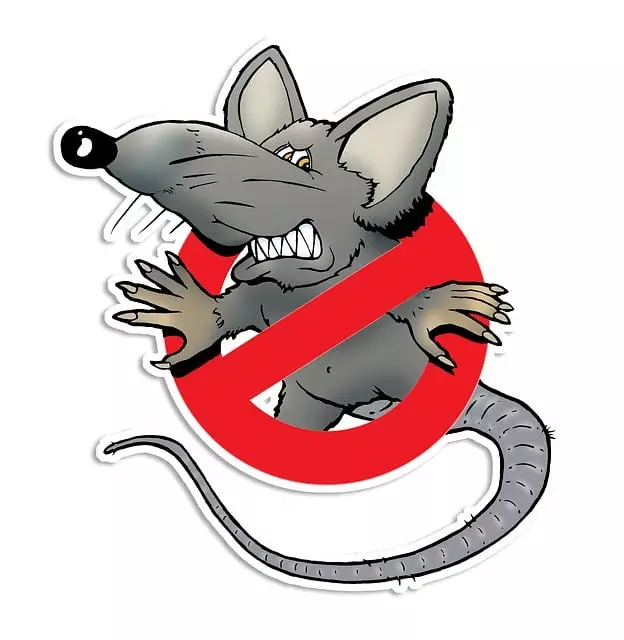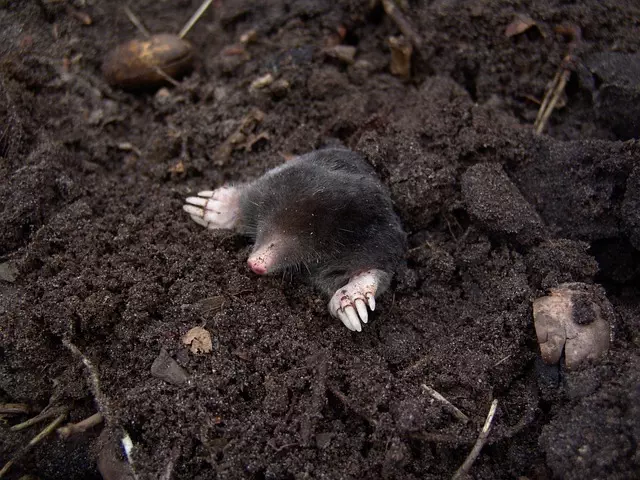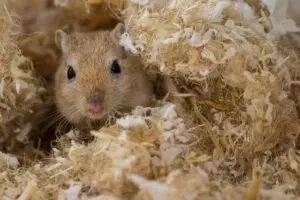Rodents, particularly rats and mice, pose significant risks to residential and commercial properties, causing extensive damage and health concerns. Understanding their behaviors and signs of infestation is vital for effective rodent control. Proactive measures include sealing entry points, maintaining clean spaces, and using natural repellents. Traditional methods like traps, poisons, and repellents have varying effectiveness and potential risks. Humane, non-toxic alternatives like pheromone traps, essential oils, and predator introduction are gaining popularity. Professional intervention is recommended for persistent or severe infestations. Long-term prevention involves regular cleaning, eliminating food sources, and sealing entry points. Cultural and environmental influences should be considered for tailored rodent control strategies.
“Rodents, such as rats and mice, can swiftly transform a living or working space into an unsanitary and costly nightmare. Understanding these common pests and their behaviors is the first step towards effective rodent control. This comprehensive guide navigates through various aspects of managing infestations, from identifying signs and prevention strategies to modern, humane solutions.
Learn about traditional methods, explore cultural influences, and discover when professional intervention is necessary for a successful and lasting rodent-free environment.”
Understanding Rodent Infestations: Common Types of Rodents and Their Behavior

Rodent infestations can be a significant problem for both residential and commercial properties, leading to extensive damage and health risks. Understanding the common types of rodents and their behaviors is the first step in effective rodent control. The most prevalent invaders include rats and mice, each with distinct characteristics.
Rats are larger and more robust, typically measuring 7-10 inches in length, not including their tails. They are known for their adaptability and can thrive in various environments, from urban areas to rural settings. Rats are primarily nocturnal and highly social, living in groups called colonies. Their powerful jaws enable them to gnaw through wood, metal, and concrete, causing considerable damage to structures. Mice, on the other hand, are smaller, usually 2-4 inches long, with longer tails relative to their bodies. They prefer warm, hidden spaces and are excellent climbers and jumpers. Unlike rats, mice tend to live alone or in pairs, unless they have young. Their constant gnawing can lead to structural integrity issues and potential fires due to damaged electrical wiring.
Identifying Signs of Rodent Activity in Your Home or Business

Rodent control is a significant concern for many homeowners and business owners alike, as rodents like rats and mice can cause extensive damage to properties and pose health risks. Identifying signs of their activity early on is crucial in preventing a full-blown infestation. Keep an eye out for any unusual noises, especially scurrying sounds or high-pitched squeaks, which could indicate their presence. Rodents tend to leave behind droppings—small, dark pellets—in hard-to-reach areas like walls, attics, and crawl spaces.
Another subtle yet significant sign is chewed-up materials, as rodents’ incisors never stop growing, leading them to gnaw on just about anything. They may also create holes or tunnels in floors, walls, or even furniture. Regularly inspecting your property for these signs can help you take proactive measures before the situation escalates. Prompt action is key in rodent control, as early detection allows for more effective and efficient strategies to be implemented.
Prevention Strategies: Creating a Rodent-Unfriendly Environment

Creating an environment that discourages rodents is a proactive approach to rodent control, which is a key component in any comprehensive pest management strategy. Starting with simple yet effective measures can go a long way in preventing unwelcome visitors like rats and mice. Seal up any entry points, such as gaps around pipes, wires, or doors, using materials like steel wool or caulk. Ensure proper ventilation and maintain clean, clutter-free spaces, as rodents are attracted to food sources and hiding places. Regularly cleaning up spills, storing food in sealed containers, and removing potential water sources can significantly reduce the appeal of your space for rodents.
Additionally, maintaining a well-trimmed lawn and landscaping can act as a natural barrier. Rodents prefer to travel along edges, so keeping grass short and trimming shrubs helps deter them. Using natural repellents like peppermint oil or certain plants known to repel rodents can also be effective. By implementing these prevention strategies, you create an environment that makes it less inviting for rodents, thereby reducing the need for more aggressive rodent control methods.
Traditional Methods of Rodent Control: Traps, Poisons, and Repellents

Traditional methods of rodent control have long relied on traps, poisons, and repellent chemicals. Traps, such as snap traps and live traps, are designed to capture or kill rodents humanely (though not always). Snap traps offer a quick solution but can be hazardous for pets and children if not placed carefully. Live traps, while more humane, require regular checking to release the trapped animals far from your property to prevent them from returning.
Poisons, both anticoagulant and non-anticoagulant, are another common approach. Anticoagulant poisons can cause internal bleeding in rodents, but they have been linked to secondary poisoning in pets and wildlife if not managed properly. Non-anticoagulant poisons induce seizures, which can be more apparent in pets that might be brought home before dying. Repellents, on the other hand, aim to deter rodents through scent or taste, but their effectiveness is often limited, especially against persistent infestations.
Modern Alternatives: Non-Toxic and Humane Rodent Control Solutions

In today’s world, there’s a growing trend towards more humane and non-toxic solutions for rodent control. Traditional methods, often involving toxic chemicals, can be harmful to both targeted pests and beneficial wildlife, as well as pets and human health. As such, modern alternatives have emerged that offer effective rodent control without resorting to dangerous substances. These innovative approaches leverage a combination of biological, mechanical, and natural repellents to manage and reduce rodent populations safely.
One promising method involves the use of pheromone-based traps, which attract rodents with synthetic versions of their natural fragrances but don’t harm them. Additionally, there are natural barriers like peppermint oil, cloves, and cinnamon, which have been shown to repel rats and mice due to their strong scents. For a more biological approach, introducing predators like cats or certain bird species into areas prone to rodent infestations can help control the population in an eco-friendly manner. These modern alternatives not only provide effective rodent control but also align with a broader trend towards sustainable and non-lethal pest management practices.
When to Call a Professional Pest Control Service for Rodent Management

If you’ve spotted signs of a rodent infestation, such as droppings, gnaw marks, or strange noises, it’s time to consider professional intervention for effective rodent control. While DIY methods can be employed using traps and repellents, persistent or severe infestations may require the expertise of a pest control service.
Rodents are adept at hiding and can quickly reproduce, making them challenging to eradicate on your own. Professional services have the necessary tools and knowledge to identify entry points, locate nests, and implement tailored solutions. They offer safe and efficient methods, ensuring minimal impact on your home and family while effectively managing the infestation.
Safeguarding Your Space Post-Rodent Control: Maintenance and Follow-up Measures

After successfully implementing rodent control measures, maintaining a clean and secure environment is crucial to prevent future infestations. Regular cleaning routines are essential; eliminating any food sources, burrows, or potential hiding spots will deter rodents from returning. Keep all areas free of clutter, especially in kitchens and storage spaces. Seal entry points and gaps around pipes, windows, and doors with appropriate materials to ensure no new guests can slip in unnoticed.
Follow-up inspections are vital to verify the effectiveness of your rodent control efforts. Look for signs of their presence like droppings, gnaw marks, or unusual noises. If reinfestation occurs, promptly address the issue to avoid a persistent problem. Stay vigilant and maintain a proactive approach to keep your space safe and pest-free.
Exploring Cultural and Environmental Factors in Rodent Control

Rodent control goes beyond mere pest removal; it involves a deep understanding of cultural and environmental factors that influence their presence. Different regions and communities have unique relationships with rodents, shaped by historical interactions and local knowledge. For instance, certain cultures may view mice as symbols of good luck or fertility, leading to different attitudes towards rodent control compared to areas where they are seen primarily as pests. Environmental changes, such as urbanization and climate shifts, also play a significant role. Urban areas often attract rodents due to the availability of food sources and shelter, requiring tailored strategies for effective rodent control.
Cultural sensitivity and environmental awareness are crucial aspects when implementing control measures. Traditional methods might not always be suitable or ethical in all contexts. For example, cultural practices like traditional farming techniques could unintentionally provide habitats for rodents, necessitating integrated pest management approaches that respect local customs while minimizing rodent populations. Understanding these factors helps develop more sustainable and community-specific rodent control strategies.
